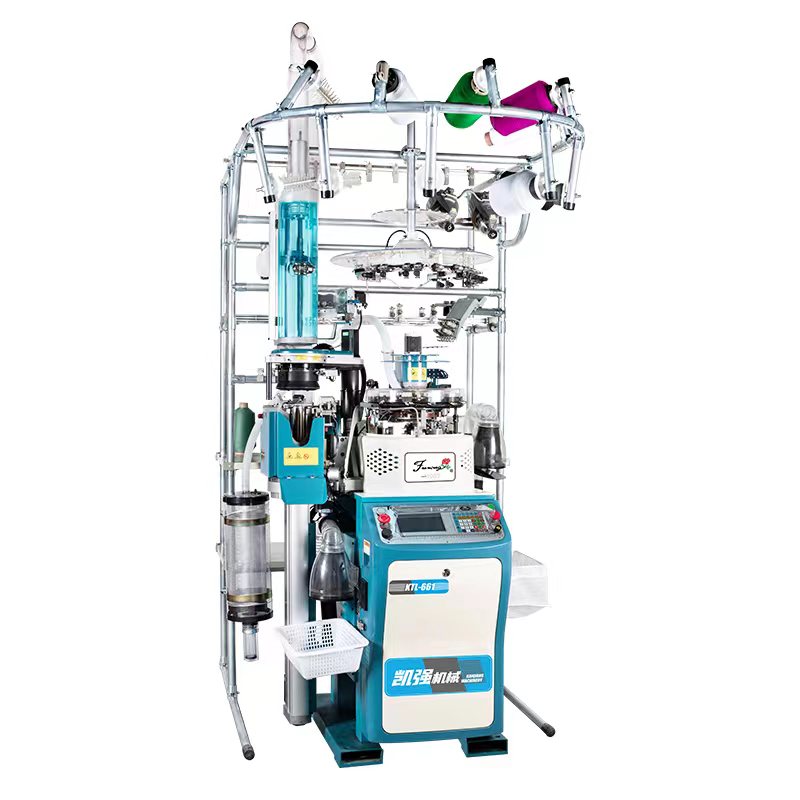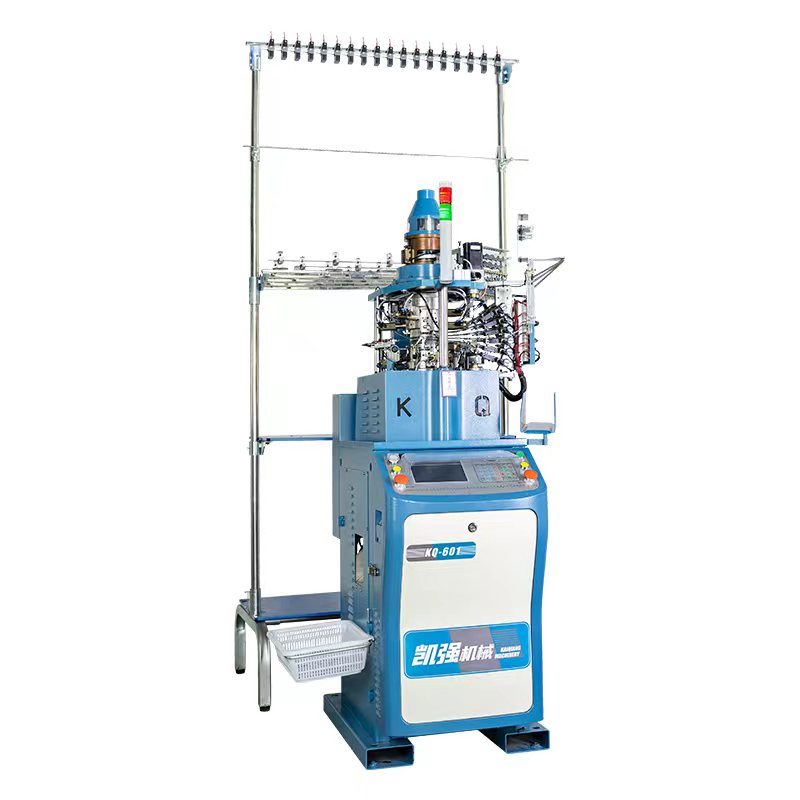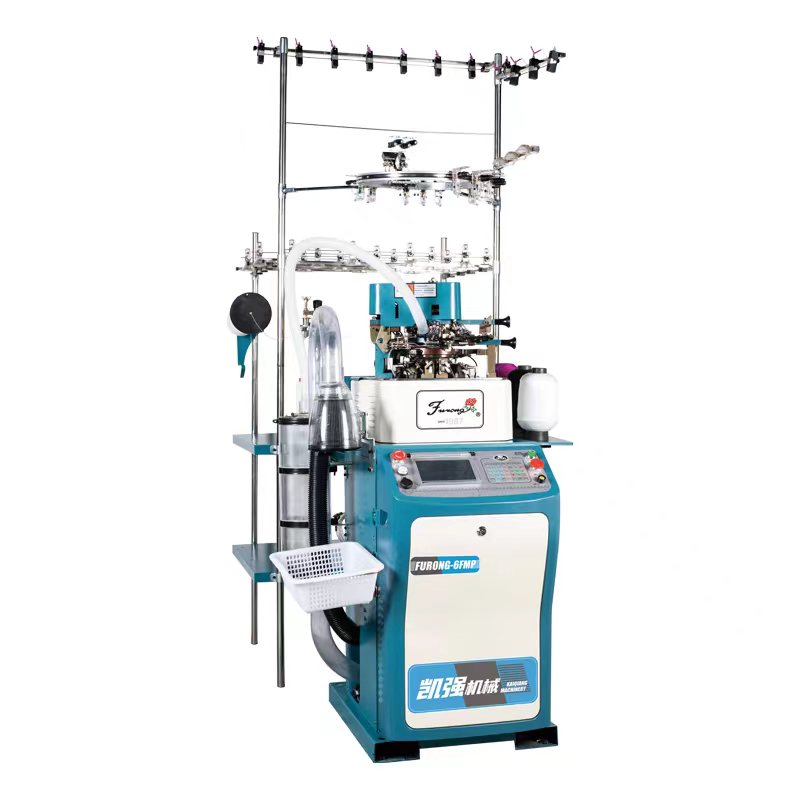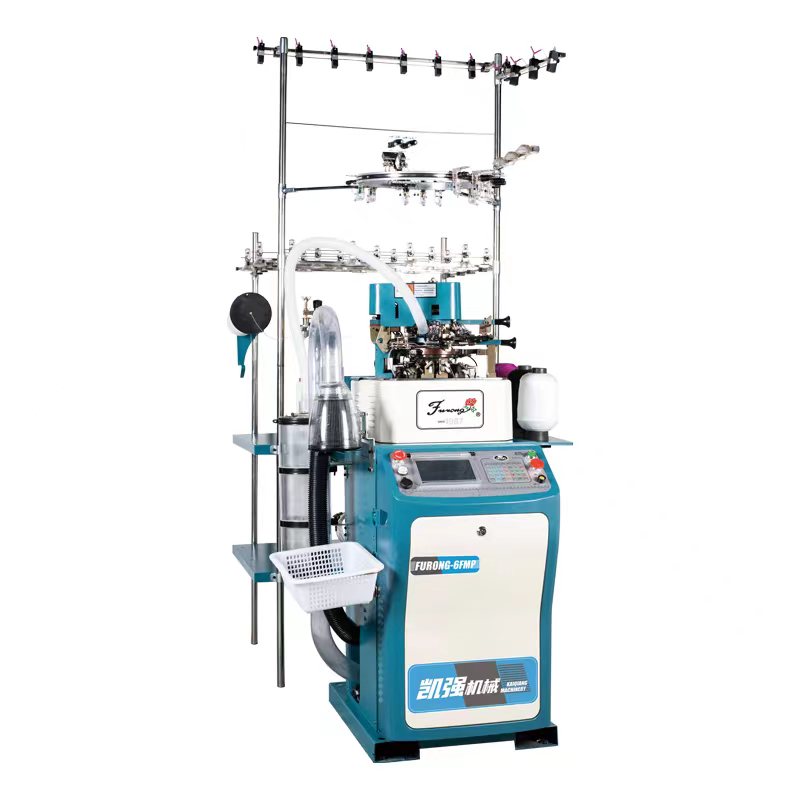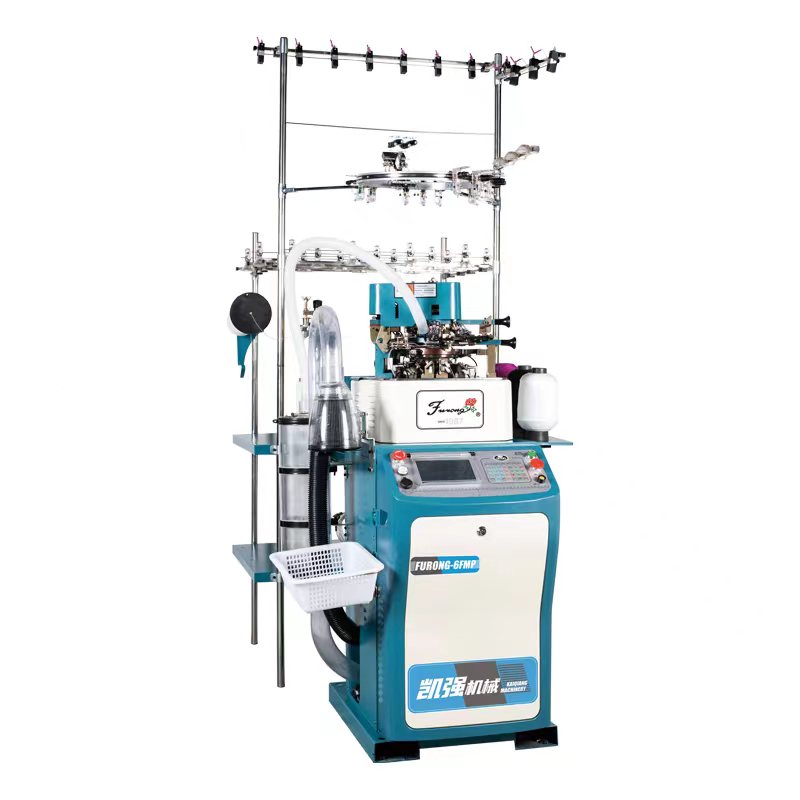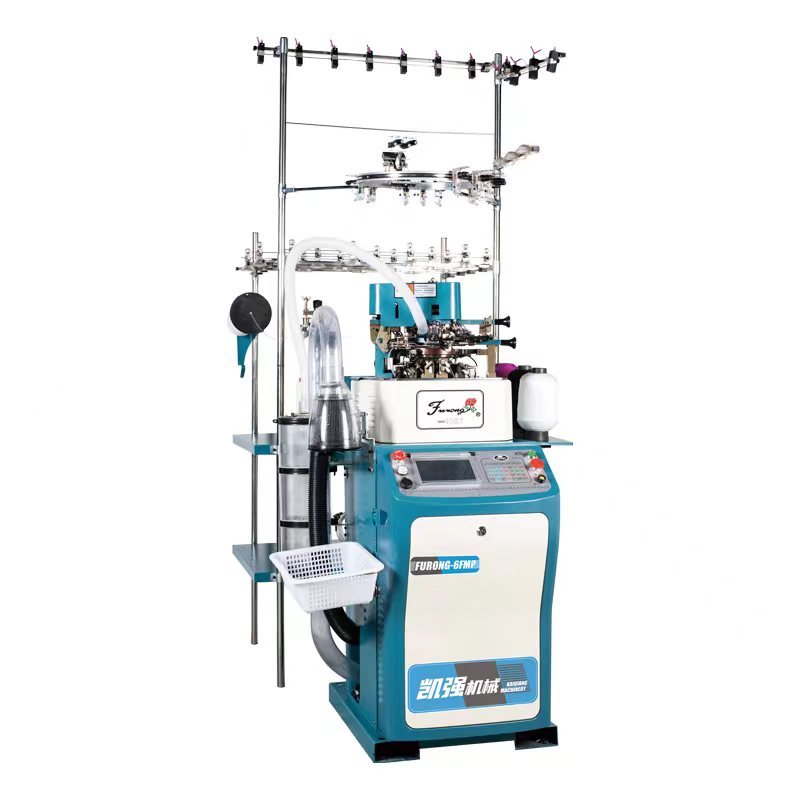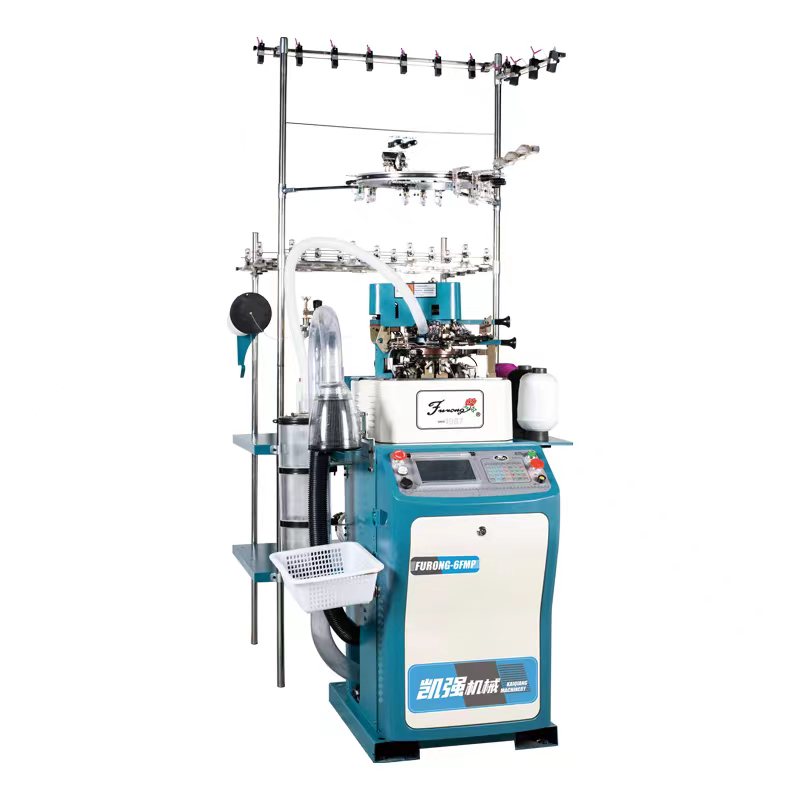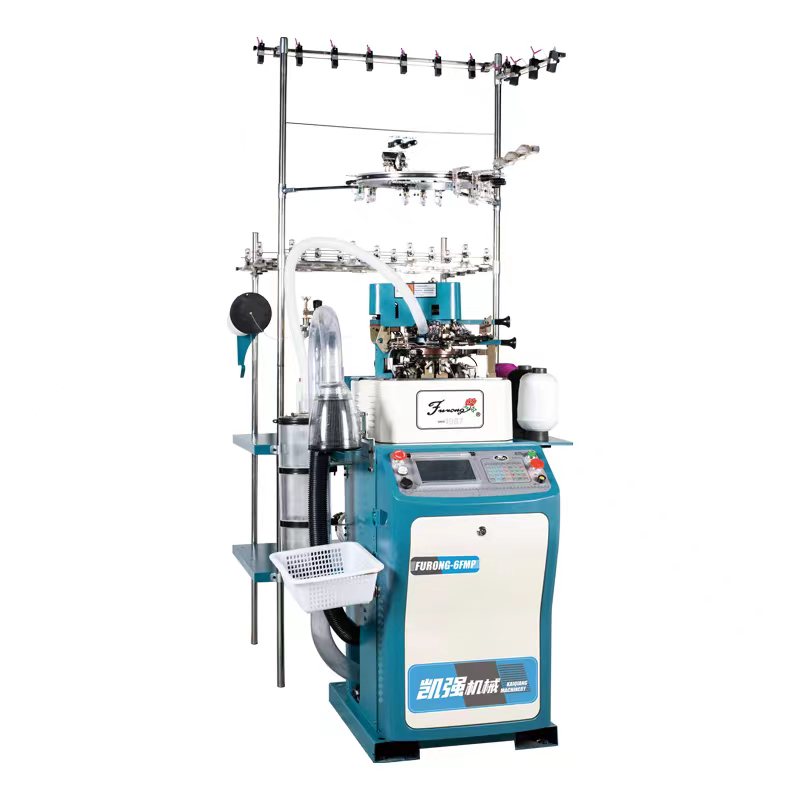1. Machine Design and Configuration
The design and configuration of a high-speed glove knitting machine play a significant role in determining its production capacity. These machines are engineered with specific features to enhance speed and efficiency. Elements such as the number of knitting needles, gauge, and the machine's overall size and structure impact its capacity.
Gauge refers to the spacing between needles, with smaller gauges accommodating finer yarns and producing denser gloves. High-speed knitting machines often have multiple needle banks, allowing for simultaneous knitting of multiple gloves. Machines with a higher number of needles and a larger gauge have the potential to produce a greater quantity of gloves per unit of time.
2. Yarn Type and Complexity of Glove Design
The type of yarn used and the complexity of the glove design also influence the production capacity of a high-speed knitting machine. Different yarns have varying characteristics, such as thickness, elasticity, and texture, which can affect the knitting speed and overall efficiency. Certain yarn materials may require adjustments or specialized features in the machine to ensure optimal production.
Moreover, the complexity of the glove design, including intricate patterns, textures, or color variations, can impact the production speed. Complex designs may require more time for yarn changes, needle adjustments, or programming, which can reduce the overall output. Manufacturers must consider these factors when estimating the production capacity of their high-speed glove knitting machines.
3. Operator Skill and Maintenance
The skill level of the machine operator and proper maintenance practices also contribute to the production capacity of a high-speed glove knitting machine. Skilled operators who are familiar with the machine's functionalities and programming can optimize its performance, minimize downtime, and maximize productivity. Regular maintenance, including cleaning, lubrication, and timely replacement of worn parts, ensures consistent and efficient operation.
Operators should undergo training to operate the machine effectively, troubleshoot common issues, and perform routine maintenance tasks. Additionally, having a reliable support system or access to technical assistance can help address any operational or technical challenges promptly, minimizing disruptions to production and optimizing the machine's capacity.
Labor protection glove machine Glove knitting Machine High Speed Smart Glove Machine10G

Product Specification:
specification parameter
Labor insurance series 10G
Power 600w
voltage 220v
Output 350 Pairs
Consumption 200w
Machine table 50/A Person
Frequency 60ZH
Weight 160KG
Cargo size 1050×570×1700mm (L×M×H)
Wood dimension 1070×520×1500mm (L×M×H)
20'FT 40
40'HQ 80

 英语
英语 中文简体
中文简体